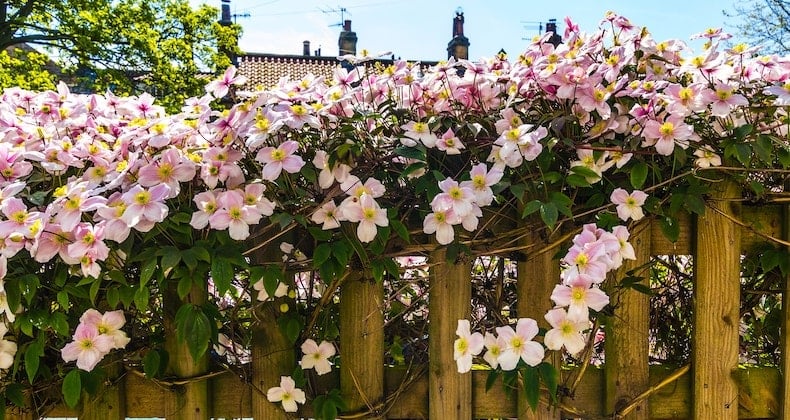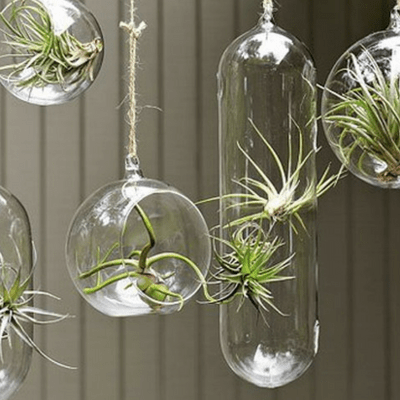Why is My Ceanothus Not Flowering
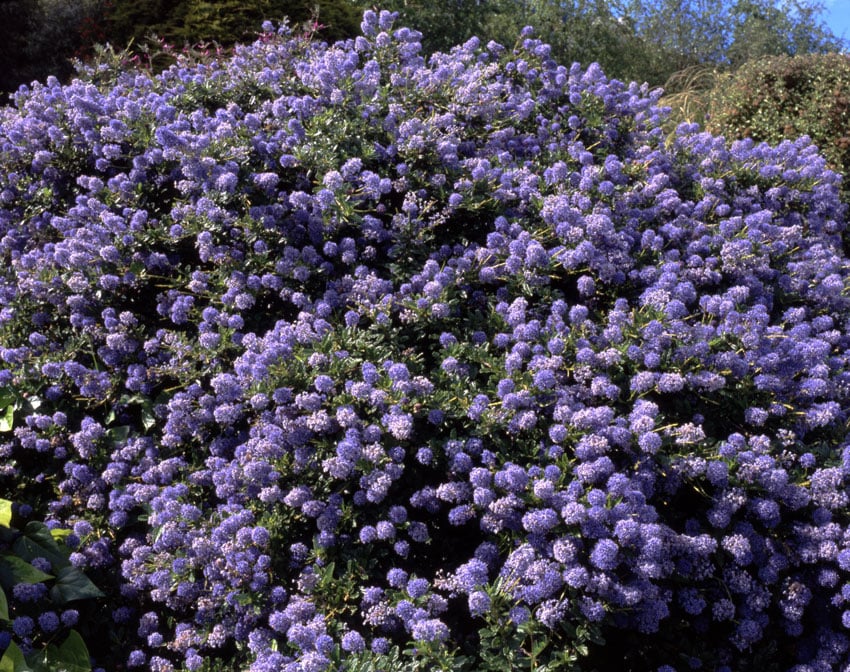
Table of Contents
Maintaining the natural greenery in the form of vegetation, groundcovers like the Ceanothus Yankee, and flower beds is difficult. The handling task related to the planting, flowers, and maintenance is tender and critical and requires lots of care, and basic knowledge of these herbs and shrubs is important. But the problem is most people don’t know about the crucial things related to them, like their species, height, growing period, and more.
No worries. We have compiled this post about the Ceanothus Yankee Point flowering and care, so keep reading if you want to know more about them. In this post, we have coveredtheCeanothus Cuttingsand the Ceanothus flowering to help you understand more about the Ceanthous you want to plant around your home, with the flower’s glory.
Ceanothus and Its Flowers
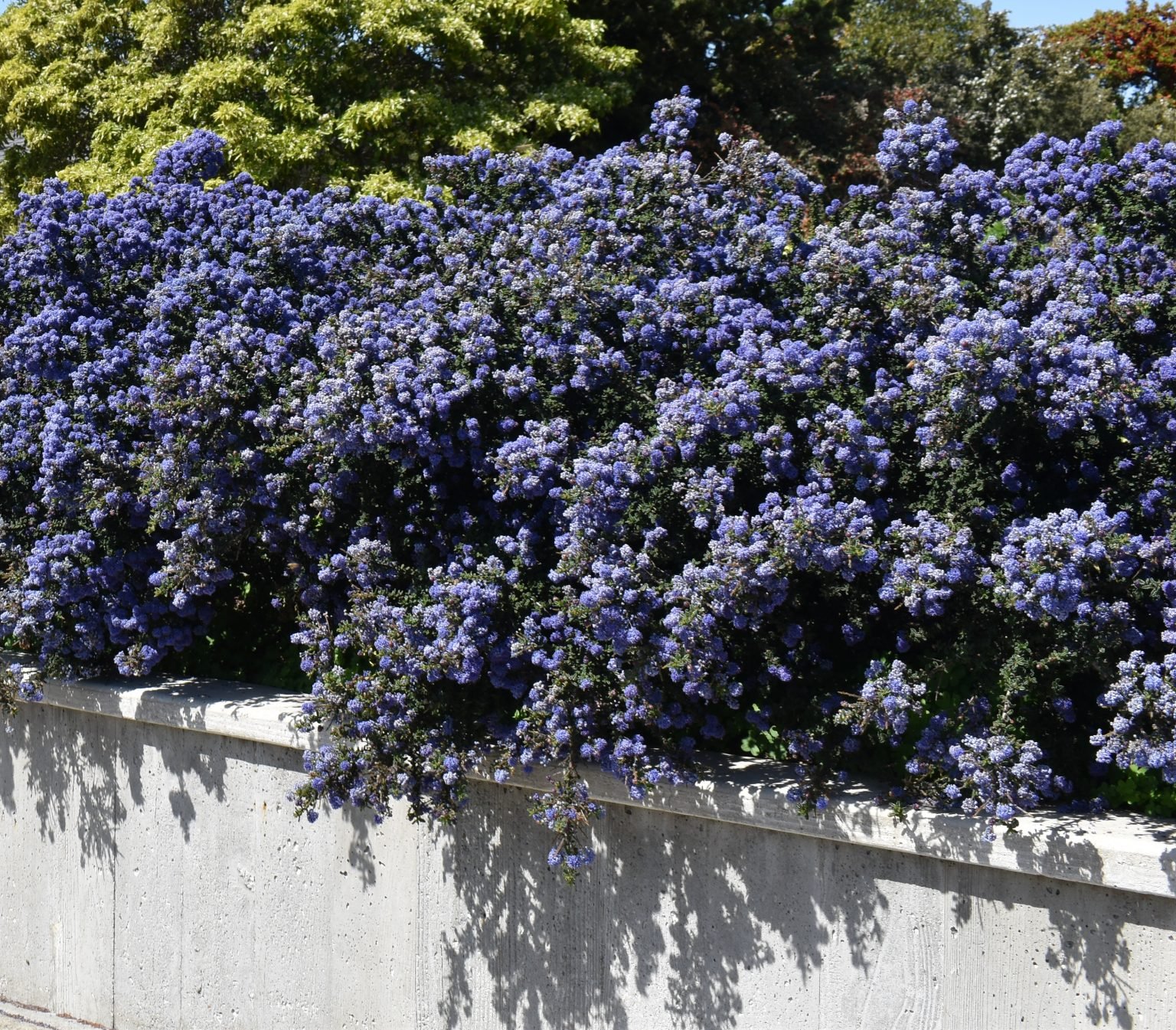
This small plant is an evergreen Shrub, also known as California Lilac. The plant is popular for the vibrant color flowers that are from blue to lilac in color and the vibrant foliage as well. In scientific terms, Ceanothus is a Genus that has several species and families with various characteristics but has a few things in common that bring them under the same genus.
The plant gets its full life and glory during the March to May months and performs well in the hilly or coastal valleys. You can see this ground cover spreads the greenery with its mounding mass and brings elegance with its little blue or lilac flowers. So, the ground foliage has a green color that stays green forever throughout its life when the plant is healthy and living. The flowers are blue and lilac. The general height of Ceanothus is considered as two to three feet above the ground. They usually grow and spread from three feet to ten feet on the ground.
Reasons Behind Ceanothus Not Flowering
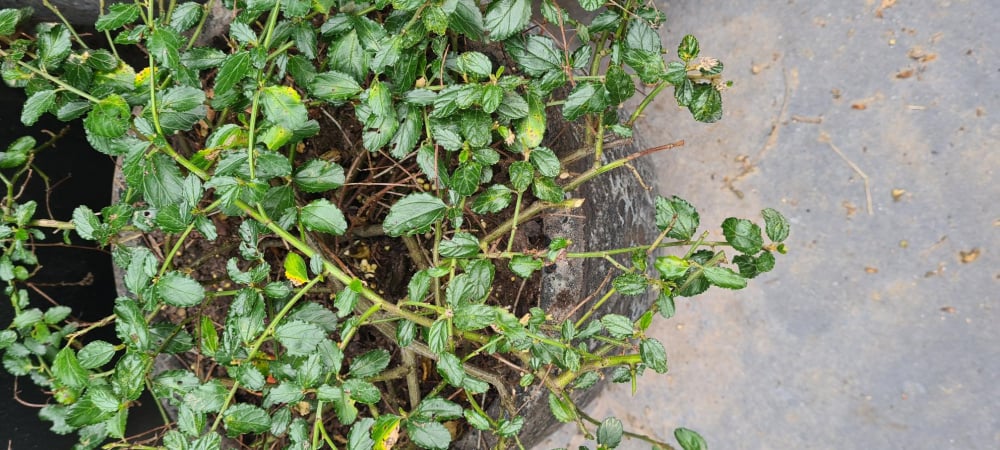
The maturity and flowering depend on several factors. Some prime factors that affect the flowers and health of Ceanothus are the type of soil they are growing in and the change in the climate. Exposure to sunlight, pruning, and other things like maintenance and water also affect their growth.
1. Temperature Fluctuations
Frequent changes in the temperature make the Ceanothus plant sensitive, especially during its growing and budding season, which leads to the ceasing of budding of these flower shrubs.
2. Soil and Nutrients
If the soil is not suitable for the growth of the Ceanothus flowering plant, then it will not be able to grow to sufficient height or get the flowers. Along with all these things, crucial factors like essential nutrients, including Nitrogen, also affect the flowering and growth of the Ceanothus.
3. Maturity Age for Budding
Before flowering, Ceanothus needs to cross the Juvenile stage so that they will be capable and mature to start budding. If you can’t see the budding after a certain duration of planting, then flowering will not happen. So have patience until the Ceanothus enters the maturity stage, where it can start budding.
4. Alternative Ceanothus Flowering Cycle
Some species of Ceanothus only get flowers once in two years. They can be completely healthy and have suitable soil, climate, and essential nutrient criteria. But they only get flowers once in two years. This is a natural process for some Ceanothus species, and you must be patient with them.
Growth Conditions for The Ceanothus that Lead to Flowering
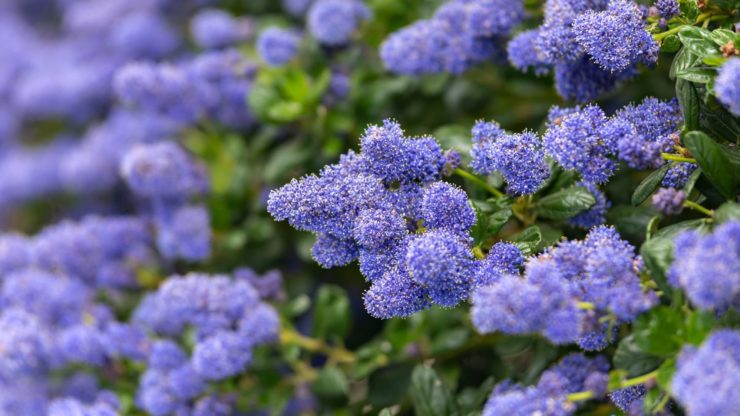
The soil and suitable ground conditions for the Ceanothus shrubs are sand, clay, seaside conditions, and alkaline soil. This evergreen shrub is tolerant to these types of sand and conditions. Anything opposite to them is not good for their health and growth conditioning. They are habitats of forest zones like Closed cone pine forests, Coastal Prairie, Coastal Sage Scrub, and Yellow Pine Forests.
If you want to grow them in your regions, like around the home, for decoration, then following certain conditions will be good for the better health and growth of the Ceanothus plant.
Create a supportive environment for the growth and blooming of the ceanuthus flower shrub by offering the essential tools. This includes regular and deep watering until Ceanithus establishes its root. This evergreen shrub doesn’t need automatic irrigation, which keeps the soil wet for a long time. It needs the dry soil for sufficient growth between the two watering cycles, so water according to that.
Take care of the fertilizers so that Ceanothus can get regular nutrients that are essential for its growth and flowering. Also, take care of the humidity and temperature fluctuation, so it doesn’t affect the ceanothus growth.
By keeping the point of flowering in mind, monitor and focus on the light conditions. They don’t need high intensity and much light for the flowering stage. For ceanothus, the dark hour phase, like keeping the plant directly in darkness, can help them to give the illusion of the Autumn season. They will come out of the Juvileane stage and enter into the maturity phase, where they can flower quickly. But don’t do it for a longer time, else it might affect their growth.
Focus on the maintenance of Ceanothus for their growth and help them to spread to their maximum length to cover the ground. Focus on the Pruning during the winter-fall season so that they will grow faster near around the spring. If the Ceanthus flower species have bloomed during the summer, then focus on Pruning during and around May.
Final Thoughts
If you want to make the most from the Ceanothus plants, start by understanding their crucial things like growth, height, and the flowering stages of Ceanothus groundcover to get the view and results you want.
This post showed you why your Ceanothus is not flowering to help you understand more about the height and how you can utilize it for your benefit.
If you are looking for more ways to add value to your home’s Garden or Flowering elegance, sign up and get our best strategies sent to your inbox.


